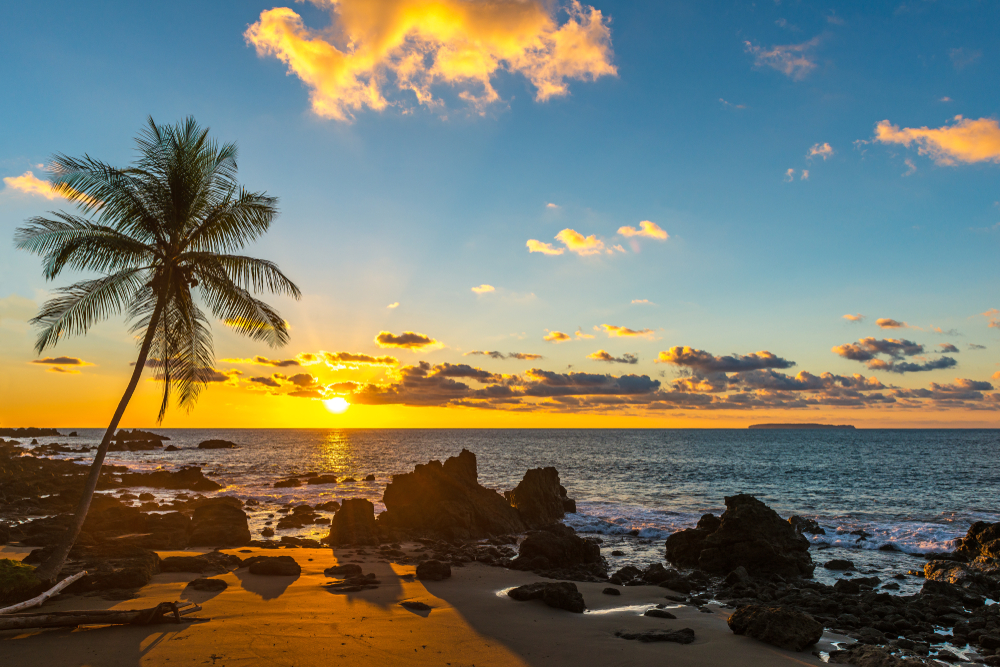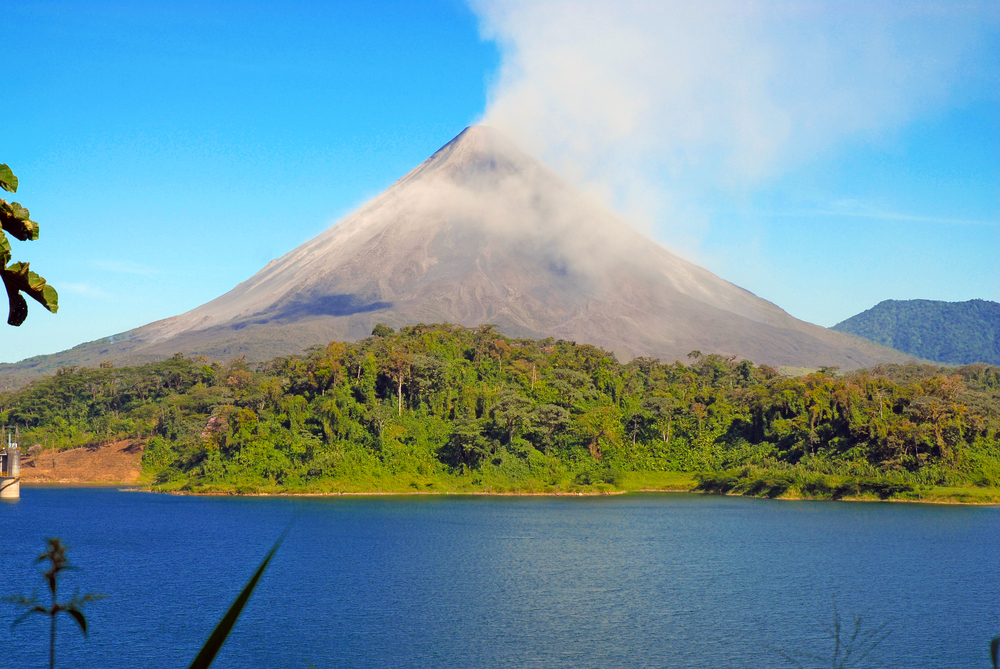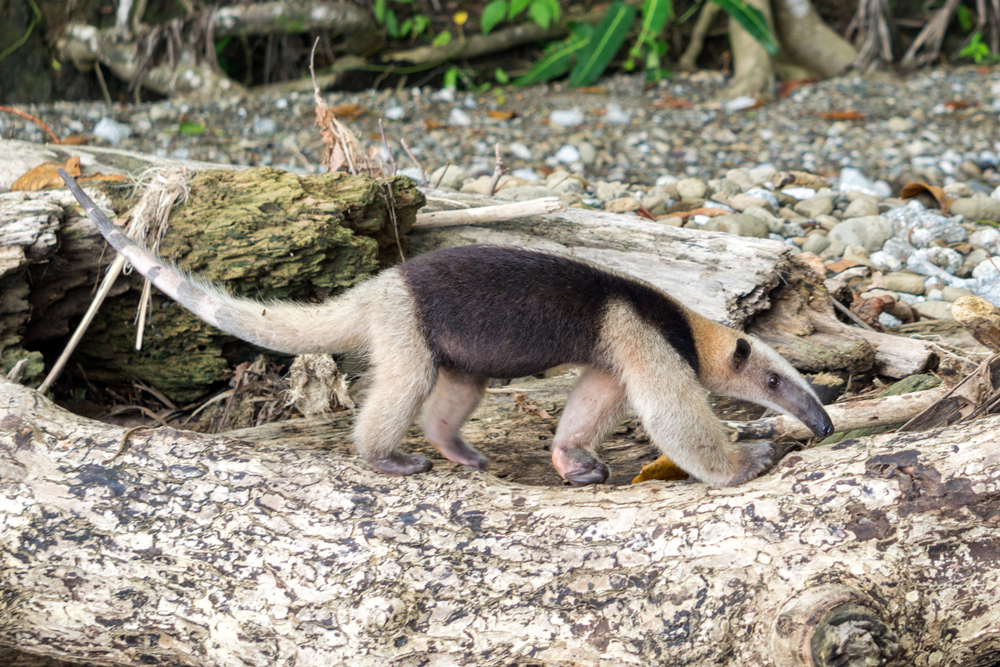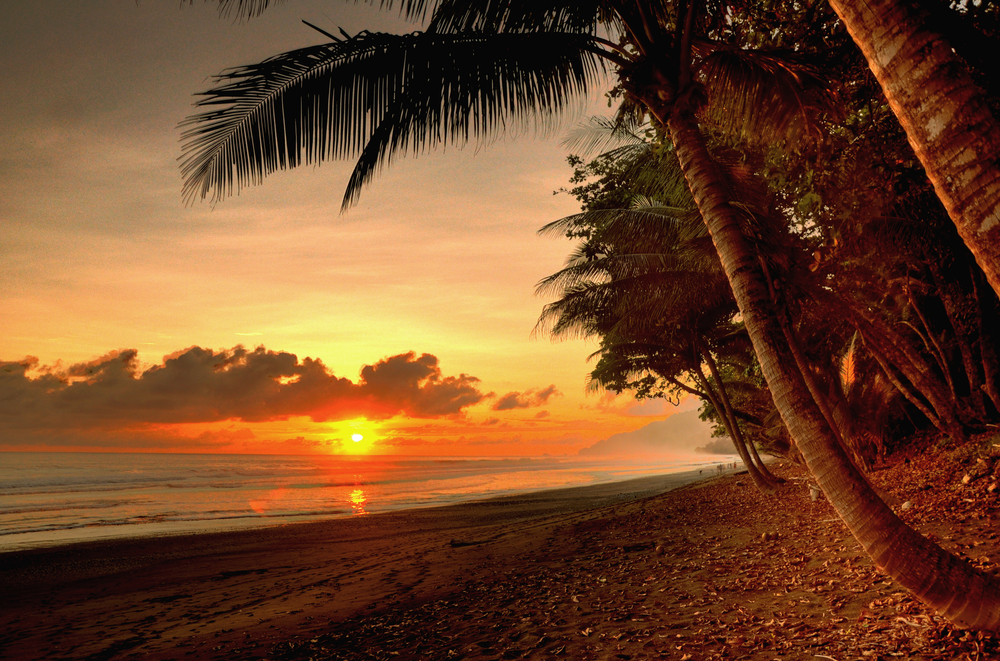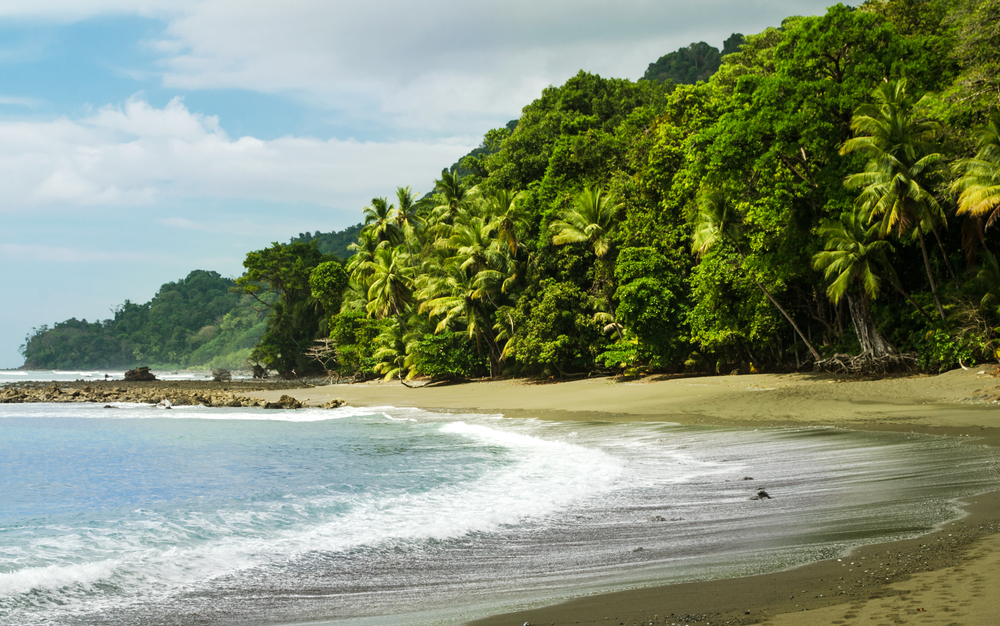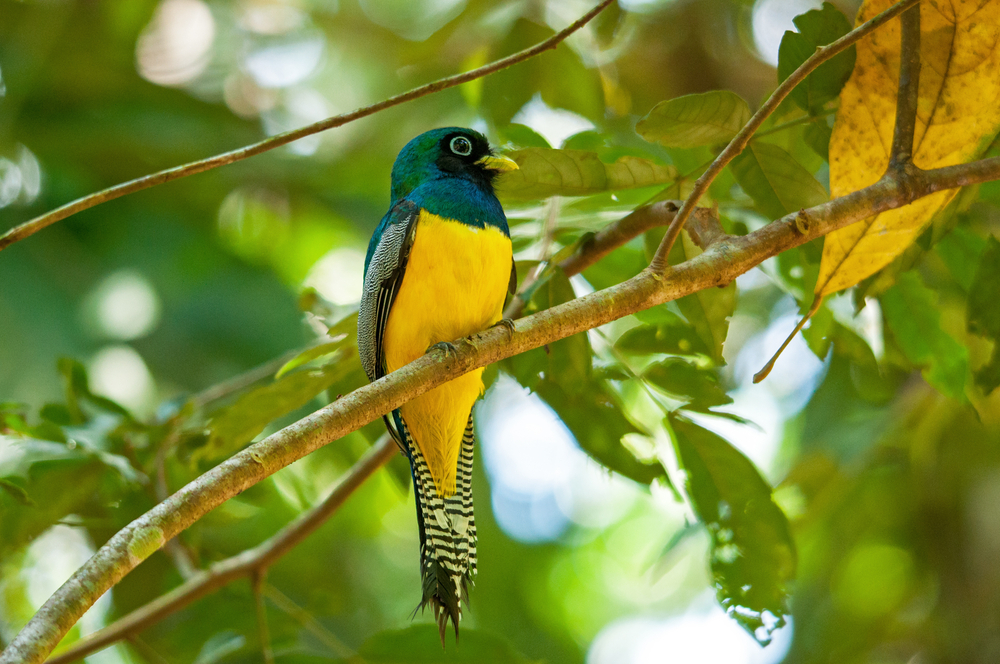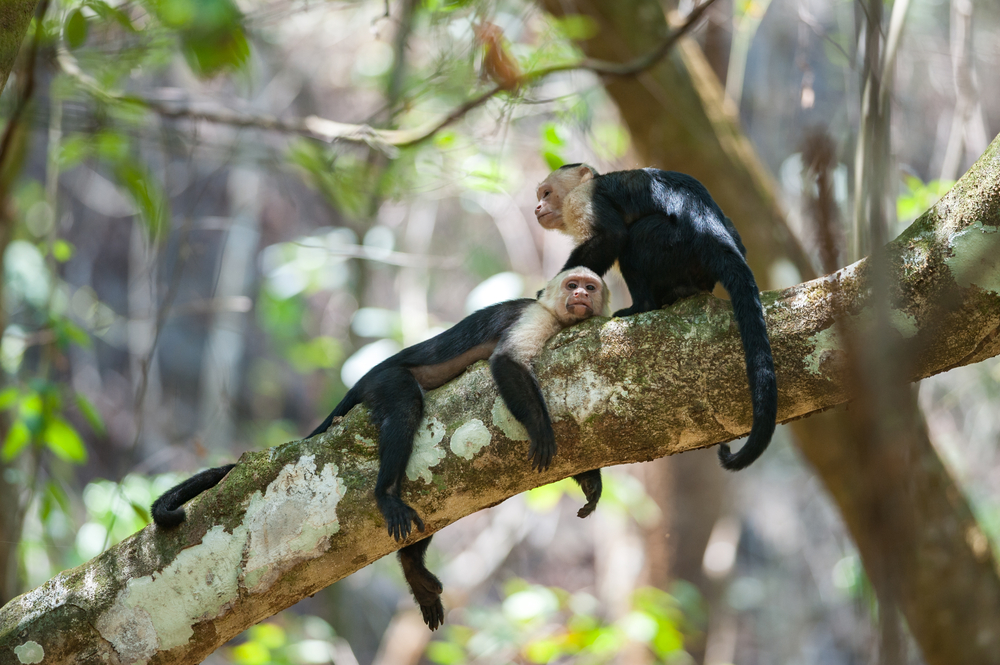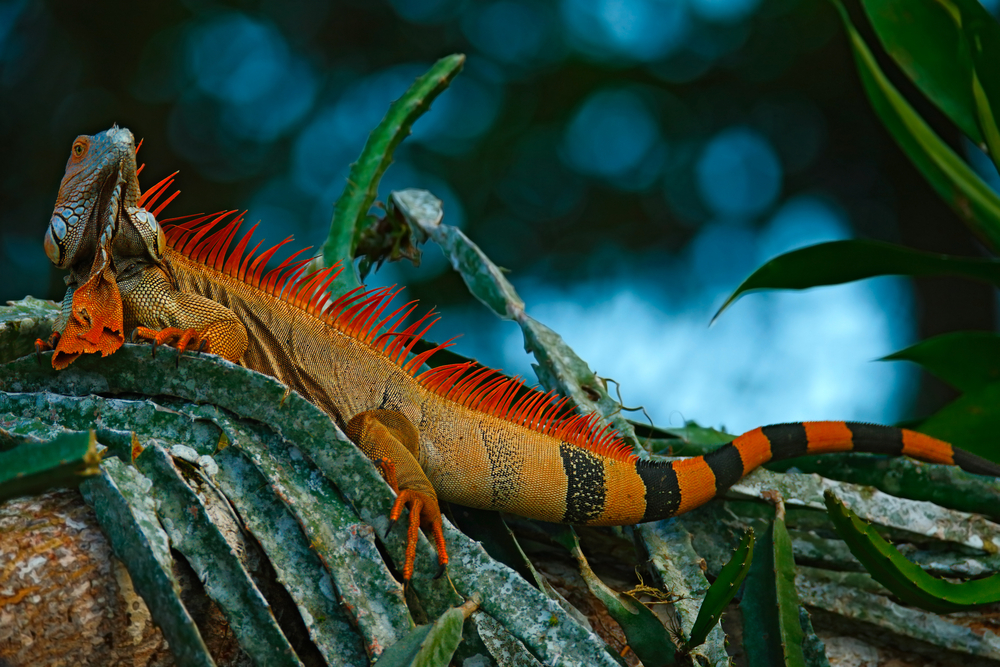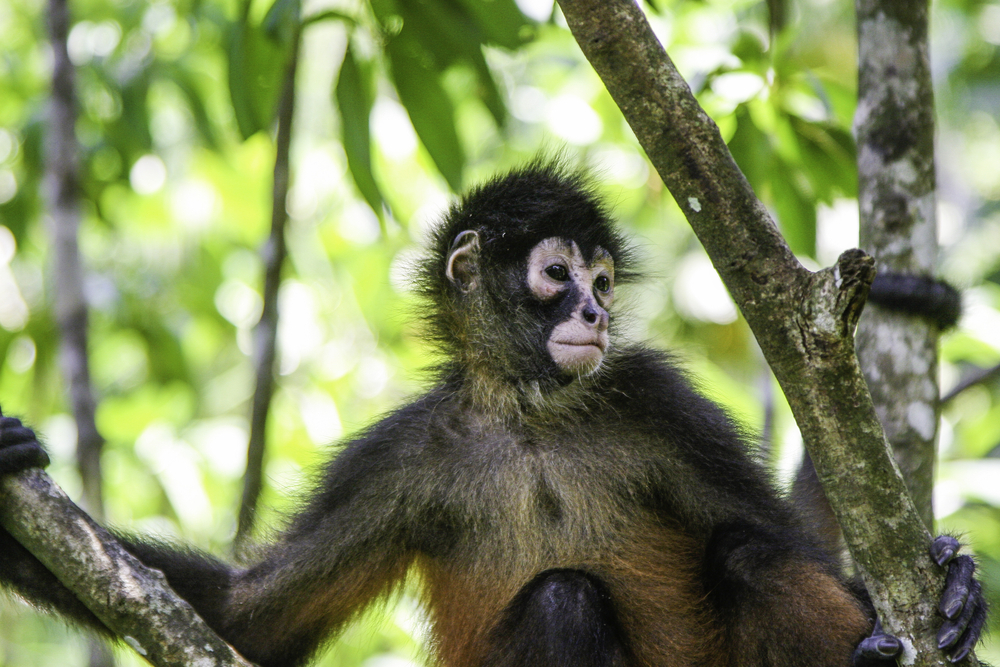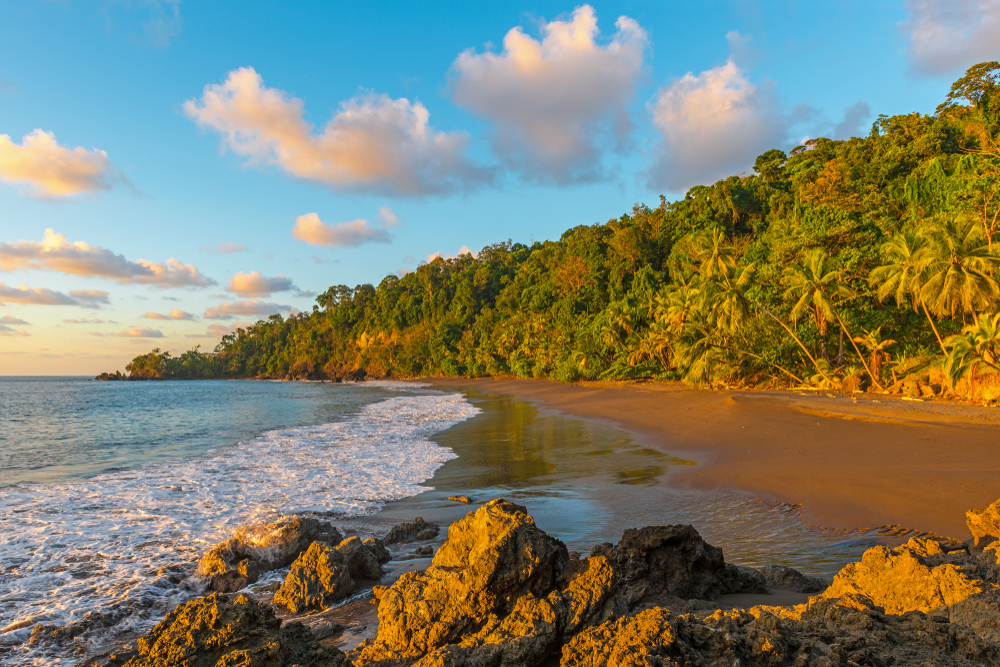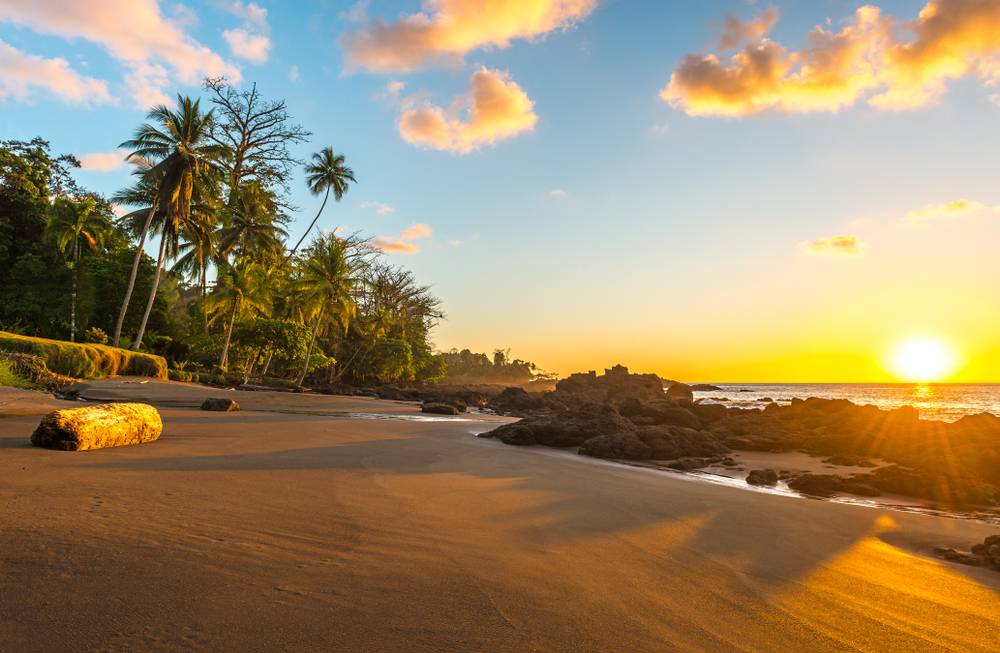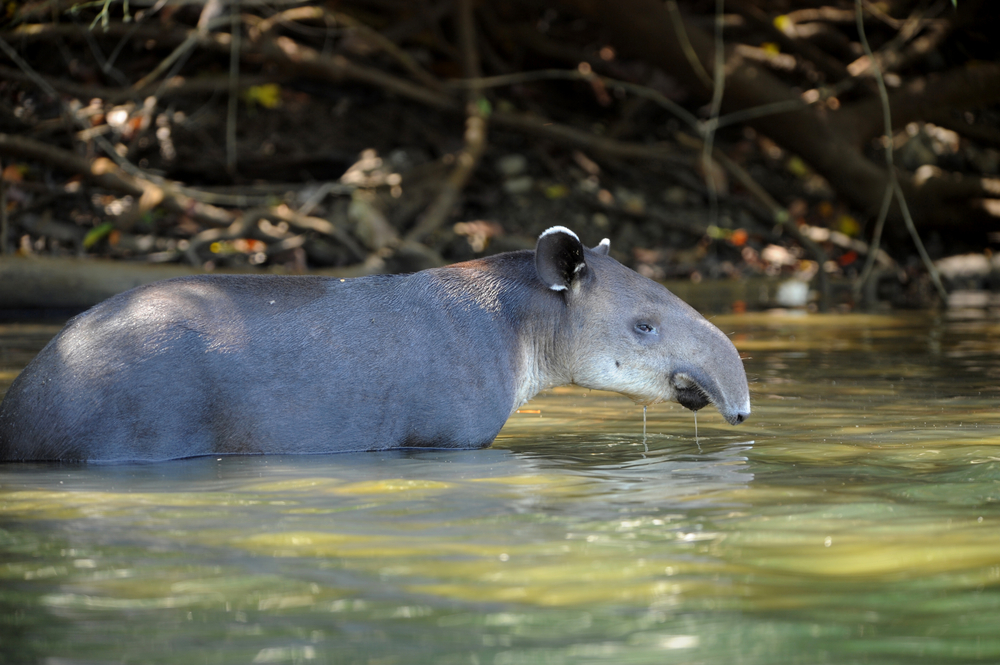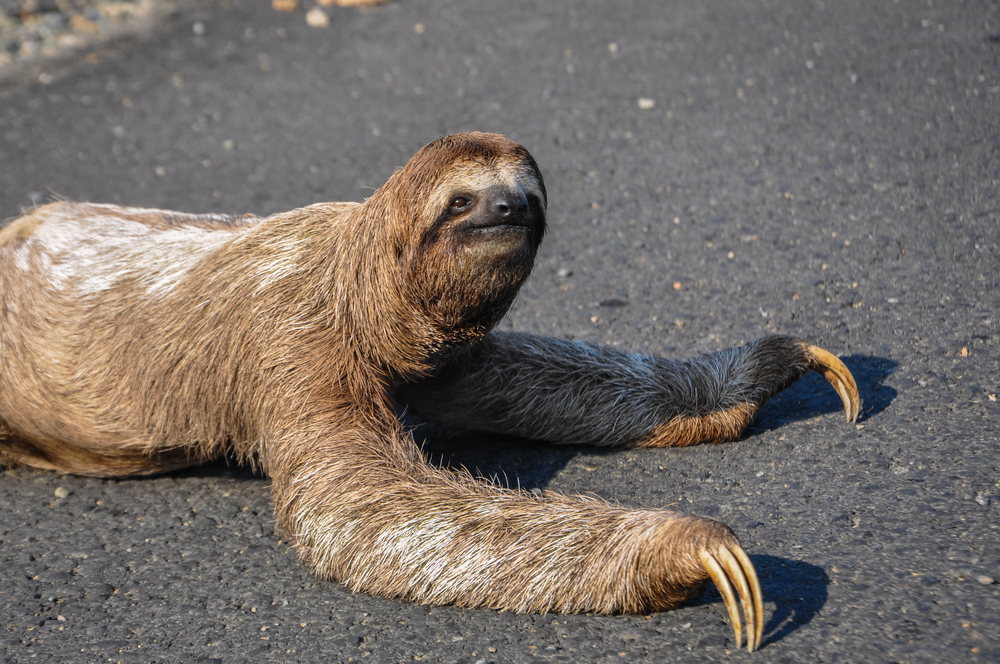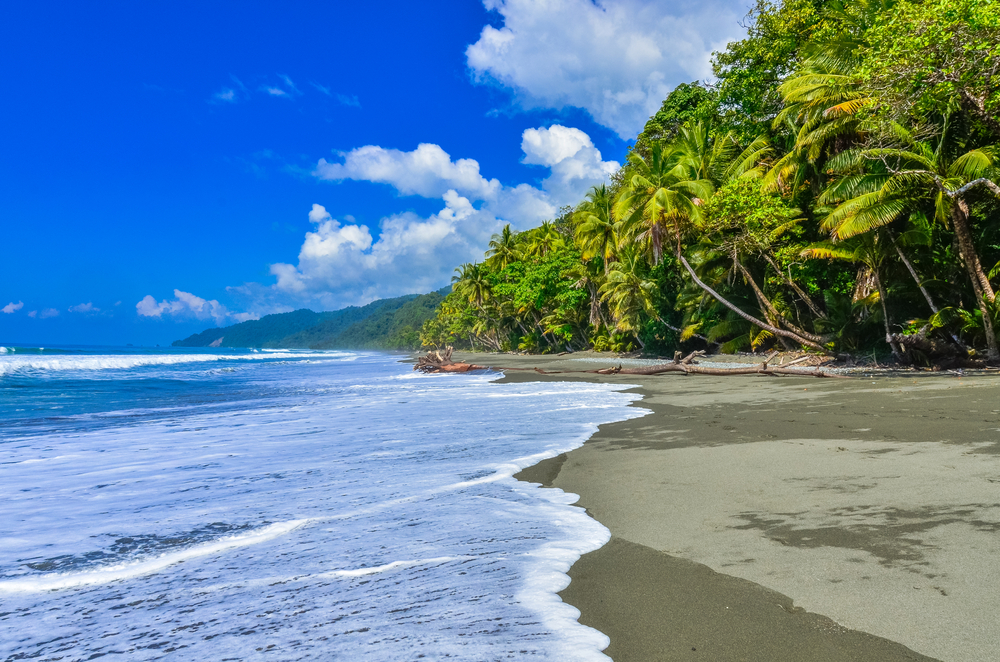Corcovado Overview
Corcovado National Park, located on the Osa Peninsula in southwestern Costa Rica, is one of the most biologically diverse places on earth. Established in 1975, the park covers an area of approximately 424 square kilometers (about 164 square miles), making it the largest national park in Costa Rica. This remote wilderness is celebrated for its pristine rainforests, unspoiled beaches, and its significant role in the conservation of rare and endangered species.
Nestled between the Pacific Ocean and the Golfo Dulce, Corcovado National Park is a true treasure trove of biodiversity. It is home to 13 major ecosystems, ranging from lowland rainforest and highland cloud forest to coastal marine and beach habitats. The park’s dense jungles and vast wilderness areas provide a sanctuary for an astonishing variety of wildlife, including over 500 species of trees, 140 species of mammals, 400 species of birds, and 116 species of amphibians and reptiles. Notably, Corcovado is one of the last strongholds for the endangered Central American tapir and harbors significant populations of jaguars, scarlet macaws, and harpy eagles.
The park’s rugged terrain and remote location have helped preserve its untouched beauty, offering visitors an unparalleled opportunity to experience nature in its most raw and vibrant form. Hiking through Corcovado’s trails allows adventurers to immerse themselves in the heart of the rainforest, explore deserted beaches, and encounter wildlife in their natural habitat. The park’s rivers and lagoons also provide unique opportunities for wildlife viewing and are essential to the park’s ecological balance.
Corcovado National Park is not just a haven for biodiversity; it’s a living laboratory for scientific research and environmental education. Its conservation is critical for understanding tropical ecosystems and the challenges they face in the modern world. For those seeking an authentic wilderness experience, Corcovado offers a profound journey into one of the planet’s most spectacular natural environments, embodying the essence of wild Costa Rica.








































































